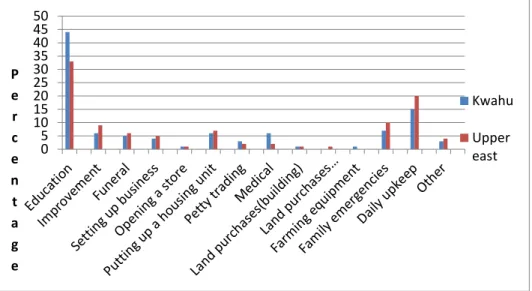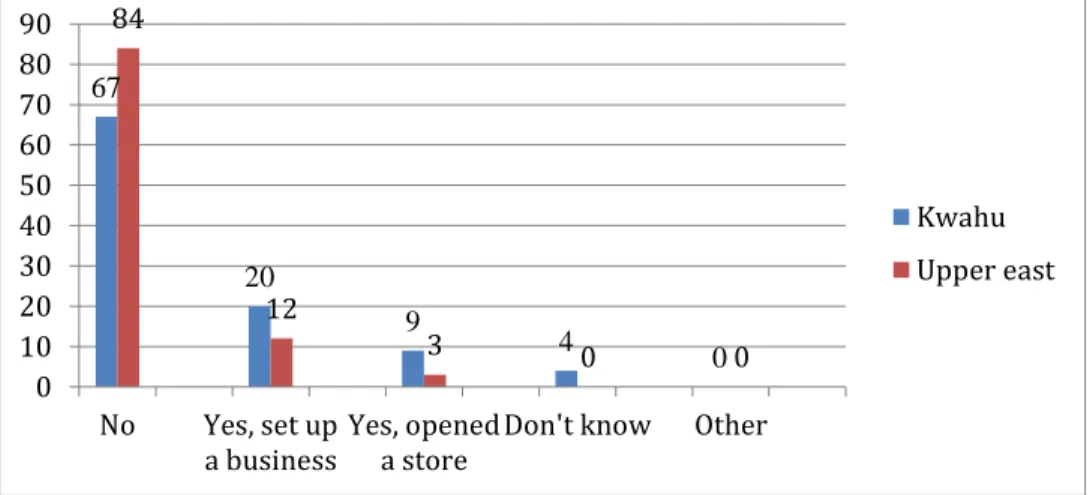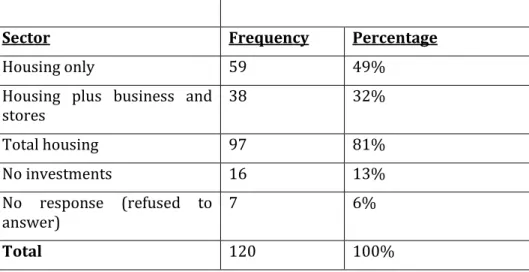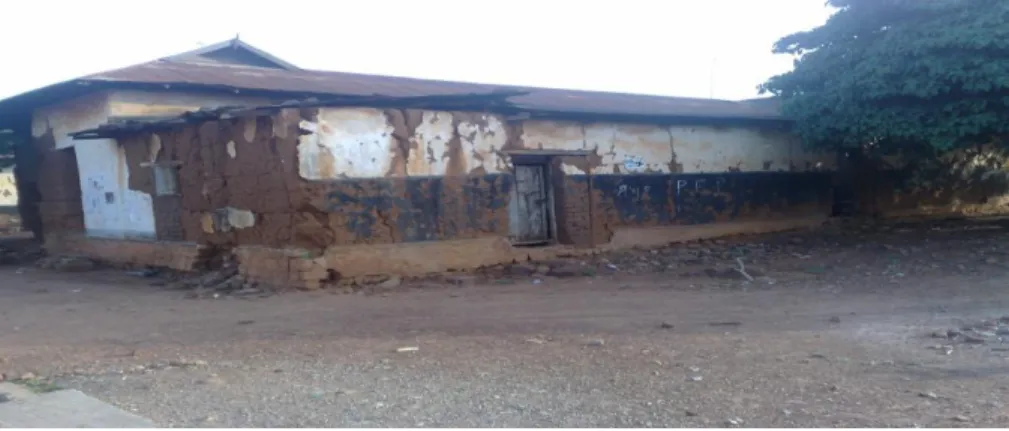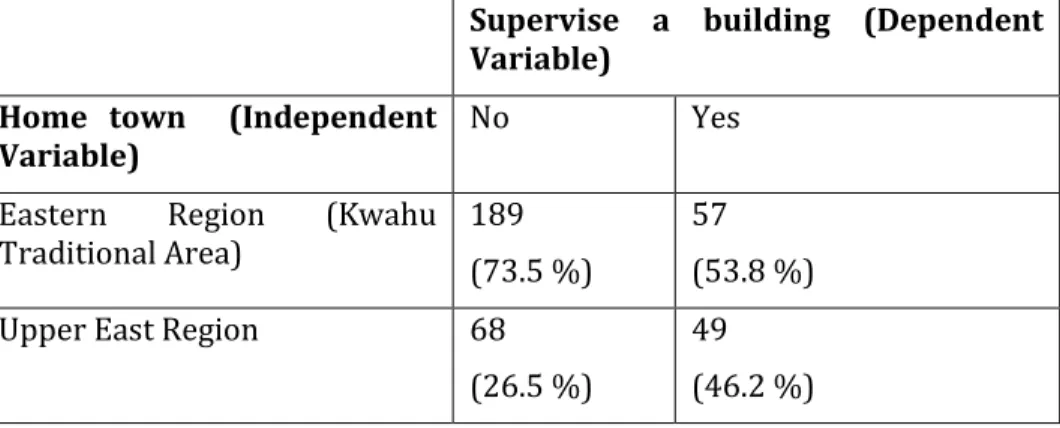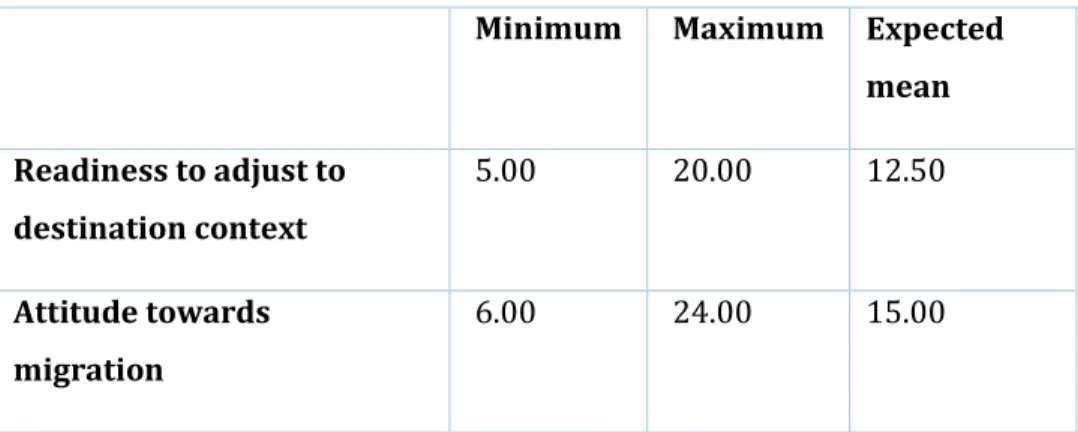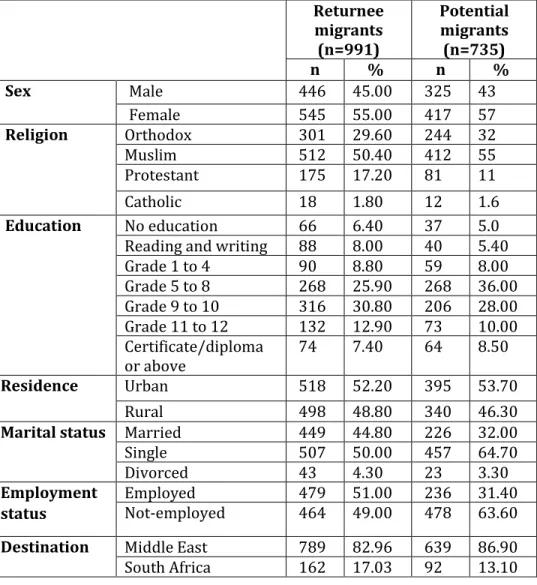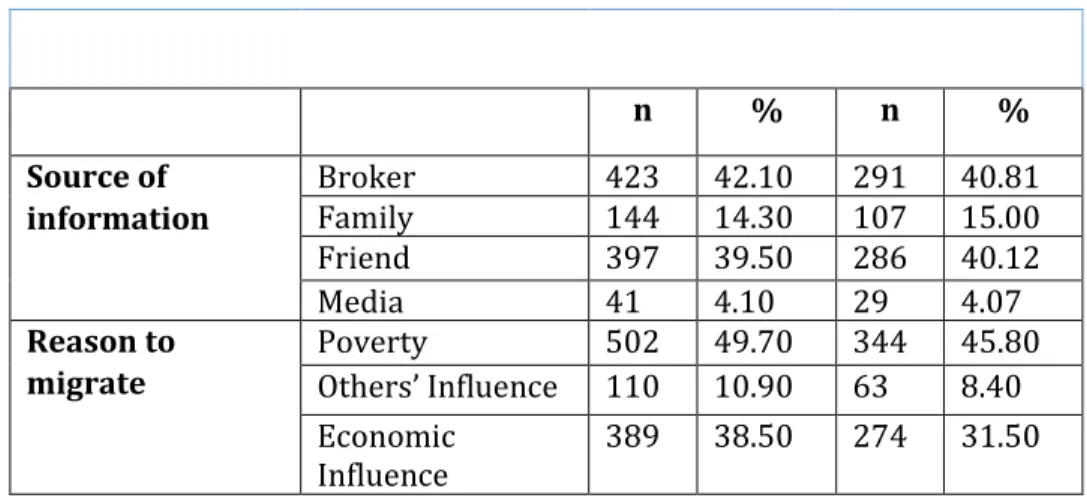645 Leveraging Economic Impact of Migrant Remittances for Development in Sub-Saharan Africa: A Critical Review of the Literature. Harnessing the Economic Impact of Migrant Remittances for Development in Sub-Saharan Africa: A Critical Review of the Literature. The recent increase in migrant remittances across sub-Saharan Africa is one of the important issues currently dominating economic policy discourse in the region.
In carrying out these tasks, the discussion critically examines the available theoretical and empirical literature on this topic from both Sub-Saharan Africa and other developing areas of the world. The volume of remittances should decrease not only as the household income of the migrant's family decreases, but also as the migrant's social ties with his/her family in the source country weaken. A careful examination of the literature in developing countries clearly shows that the impact of remittances at the macroeconomic level is mainly felt through access to finance and economic growth in the recipient country.
It is the aim of the next section to review the available empirical literature on the microeconomic development impacts of migrant remittances on receiving regions of the developing world, including Sub-Saharan Africa. The World Bank (2006) and Ratha and Mohapatra (2007) argue that the ambiguity of the impact of remittances on income inequality is largely a consequence of the lack of counterfactuals. One of the important ways to maximize the development impact of remittances is by formalizing their flows.
Therefore, this requires a better understanding of the reality regarding the effects of remittances on economic development.
Top 10 remittance receiving countries in Sub-Saharan Africa (in gross terms) as of 2015
Top 10 remittance sending countries in Sub-Saharan Africa in 2014
The concept of transnationalism refers to "the process by which transmigrants, through their daily activities, forge and maintain multifaceted social, economic and political relations that connect their societies of origin and settlement, and through which they create transnational social fields that cross national borders" (Basch et al., 1994: 7). Second, an overview of diaspora-homeland relations in Ghana is presented to highlight general perspectives on the role of the diaspora in Ghana's development. Dufoix also points out that diasporas should not be perceived as pre-existing groups that have static characteristics that do or do not meet specific academic criteria, but that they can be "heterogeneous populations that are self-consciously imagined" and develop into collectives through "projects emigrants and countries".
This development perspective is consistent with that of Dudley Seers (1969), who once defined development as “the reduction and elimination of poverty, inequality and unemployment within a growing economy.” Ghana has been a lower middle-income country since 2011, with an economic growth rate of 14.4 percent in 2011, making it one of the fastest growing countries in the world, with an income of US$1,580 per capita and one of the highest GDP per capita in the world. West Africa. Ghana benefited from the circulation of competencies, expertise and experience of the Ghanaian diaspora (Faist, 2008). The first phase of the research was carried out in the Greater London region (mainly the boroughs of Southwark, Lambeth, Newham, Hackney, Haringey, Lewisham, Croydon and Brent).
To measure the perception of the recipient communities, 346 questionnaires were administered among heads of migrant households (246 in the Kwahu Traditional Area and 118 in the Upper East Region). In addition, more than a third of UK respondents have either set up or were in the process of setting up a business or shop in Ghana. As Lyon notes, basic sources of socially prescribed obligations are located in "reputation, sanctions, and moral norms." The risk of reputational damage, imposition of social sanctions (real or perceived) and the ascribed normative culture form the basis of trust within the local sphere.
This project involved members of the Ghanaian diaspora in Britain and heads of migrant households in Ghana, community leaders and Ghanaian political elites, the Bank of Ghana, the Ghana Statistical Service and the Department of National Archives. The Middle East is becoming one of the largest hubs for migrants (Saudi Arabia and the United Arab Emirates (UAE) alone host 17 million migrants) from Southeast Asia (especially the Philippines, Sri Lanka, India and Bangladesh) and Eastern Africa and the Horn of Africa (mainly Ethiopia, Somalia, Kenya, Uganda and Tanzania). Items included: How aware are/were you of the nature of the job at the destination.
The Risk Perception Scale was a three-point Likert scale that measured participants' perceptions of the risks involved in migrating to the Middle East and South Africa. 2 being "I know some" and 3 being "I don't know." Scores for this variable range from 3 to 12, and scores were reverse coded so that high scores reflected more knowledge and low scores reflected little knowledge about risks. The data collectors explained the purpose of the study to the study participants before administering the questionnaire.
This study contributes to the debate by offering an empirical assessment of the welfare gap between migrant and non-migrant households by analyzing data recently collected by the Center for Migration Studies, University of Ghana. The result shows that, regardless of the households' migration status, almost all households (99 percent) in the study area have bathrooms. 8 For example, we have Dagomba, Gonja and Mamprusi Chiefs in most of the other regions of Ghana.
Ghana's national health insurance scheme in the context of the health MDGs: An empirical evaluation using propensity score matching.
